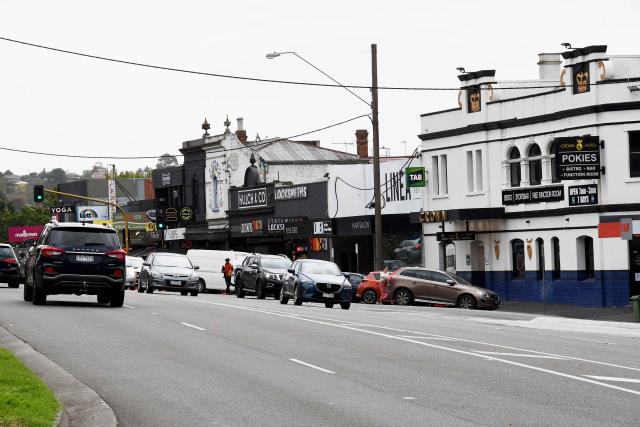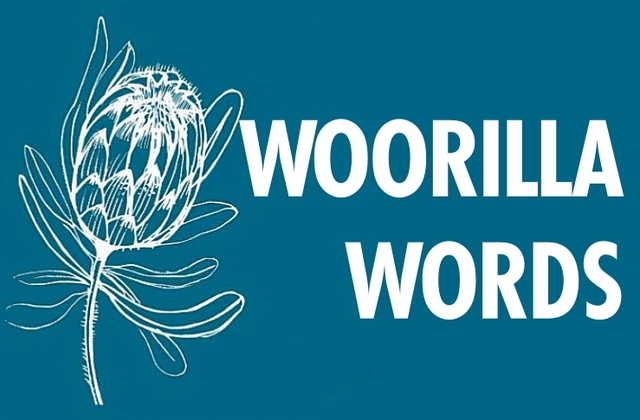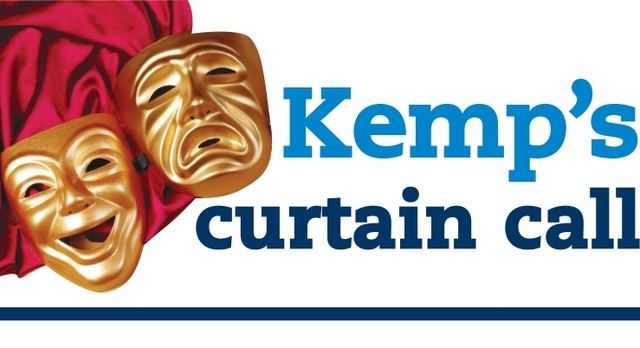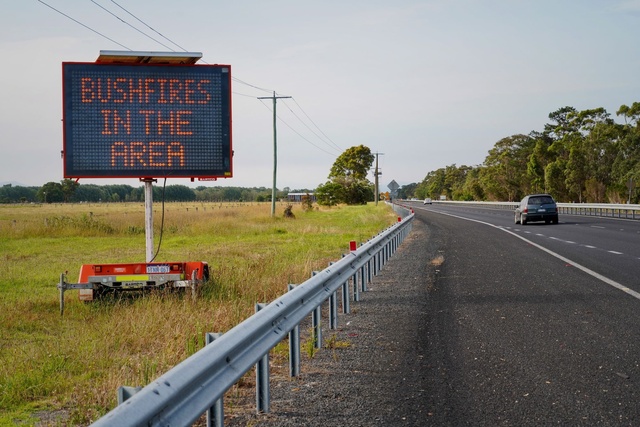The Yarra Ranges has yet again ranked as one of the LGAs with the least at risk of business insolvency despite an upward trend across the country of payment defaults.
The CreditorWatch business risk index (BRI) figures released on Wednesday 12 July did see the municipality drop back two spots to third after taking out the top spot in October last year.
Of the regions with more than 5000 registered businesses, the Yarra Ranges came in at number three, after Unley and Norwood-Payneham-St Peters in South Australia, with a default rate of only 4.63 per cent in the last 12 months.
Yarra Ranges Council Director of Communities Jane Price said the municipality is usually categorised as one that is stable and reliable when it comes to economic conditions.
“While interest rate rises and inflation-induced price increases impact businesses, most can fulfil their financial obligations,” she said.
“Small business owners often assume multiple roles to minimise labour costs, while family-owned businesses in sectors like agriculture benefit from generations of support during challenging times.”
Default rates surged to 1,586 in June – a 52 per cent year on year increase with the previous high being in March 2019.
“The impact of the rate rises, as well as high inflation, is increasingly being felt by businesses as consumers tighten their belts,” CreditorWatch CEO Patrick Coghlan said.
“Forward orders are going down as demand falls away, and both business and consumer sentiment is in rapid decline.”
CreditorWatch predicts a 4.71 per cent to 5.76 per cent increase in the default rate over the next 12 months but Ms Price said with the rate of planning applications and investment inquiries being received, the Yarra Ranges remains in a strong position.
“It indicates that the Yarra Ranges remains an appealing destination for investment and builds confidence in the business community,” she said.
Ms Price said unlike other regions, the Yarra Ranges has a diverse range of industries including agriculture, tourism, manufacturing, retail, and services adding to the strength of the area.
“The region’s thriving tourism industry, coupled with its natural beauty, provides additional revenue streams, and reduces dependency on a single market segment.
“Proximity to Melbourne provides businesses in the Yarra Ranges access to a larger customer base and more market opportunities.”
Despite CreditorWatch listing food and beverage services at the highest risk of insolvency, Ms Price said every business’s survival depends on a number of factors but spending at hospitality venues remains high.
“While some venues may have successfully adapted to the changing financial circumstances, implemented cost-saving measures, or pivoted to alternative revenue streams (such as events or unique experiences ), others may have faced more significant financial strain.
“However, whilst spending is relatively flat there is still an increase in spending year on year with a 12 per cent increase year on year spend in dining and entertainment.”
Moving forward, Ms Price said for businesses to avoid a high risk of insolvency working together, upskilling, networking and understanding competition is going to be beneficial.
“By joining efforts, working with community, Industry and Business and Trader groups, and promoting the area, businesses can attract more local community and tourists and secure a higher percentage of spending,” she said.
“Upskilling in planning, costing, and supply chain diversification can also minimise business disruption. Staying informed and up to date and taking advantage of government grant opportunities and investing time to work on their business is critical.”







